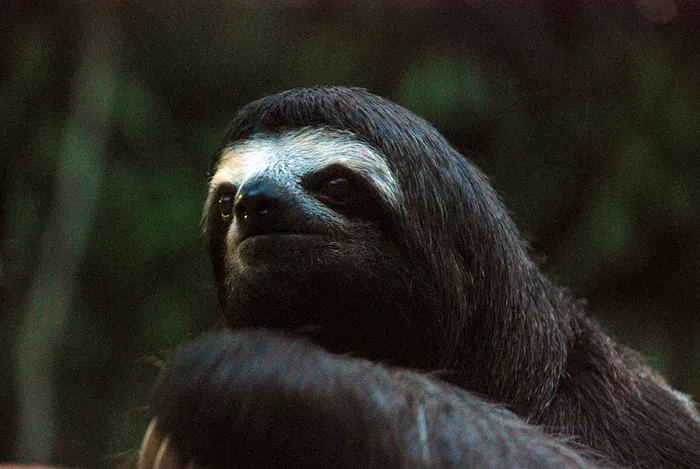A Top Attraction on Bahia’s Cocoa Coast

Ilhéus, located on Bahia’s Cocoa Coast, features one of the most significant animal rehabilitation centers in the Americas: Centro de Reabilitação Reserva Zoobotânica. This facility offers a rare opportunity to encounter sloths up close, characterized by their deeply expressive eyes and slow-motion movements, a distant relation to the Megatherium.
These unique creatures, endemic to the Americas, include two-toed varieties like those at The Aviarios del Caribe Sloth Sanctuary in Limon, Costa Rica, as well as three-toed species (Bradypodidae), found at the Ilhéus center.
The rehabilitation center receives sloths that have been rescued from poachers, found abandoned, or donated by protective organizations like Ibama (the Brazilian Institute for the Environment and Renewable Natural Resources), the Federal Police, firefighters, and caring citizens.
In an era where eucalyptus has overtaken vast areas previously occupied by the Atlantic Rainforest, the endemic maned sloth (Bradypus torquatus, or preguiça-de-coleira) faces the threat of extinction.
How the CEPLAC Center Rescues Sloths
The center, under the guidance of biologist Vera Lúcia Oliveira, rehabilitates maned sloths, which historically extended as far as Rio de Janeiro, but are now largely confined to the Bahian coastal region between Salvador and Canavieiras. The facility also cares for brown-throated sloths (Bradypus variegatus).
Open year-round, the sanctuary spans 106 acres and is part of CEPLAC – the Executive Commission for the Cocoa Farming Plan. Visitors can also explore the cocoa processing laboratory, where ongoing research aims to improve cocoa cultivation in the area, which suffered a catastrophic broom disease crisis in the late 1990s.
Unfortunately, some sloths arrive in severe condition, often with broken bones from dog attacks or malnourished after losing their mothers due to poaching.
Sloths experience acute stress when held in captivity, leading to rapid decline due to disruptions in their neuroendocrine system. Symptoms include a loss of appetite, muscle contractions, and a complete stall in normal bodily functions. Moreover, the stress often leads to panic responses when approached by caregivers.
In their distressed state, sloths may react defensively, moving their limbs as if to strike—not out of aggression, but due to their muscle tension and instinctual need to seek support for relaxation.
The rehabilitation center employs a semi-captive environment, replete with tree trunks, branches, and vines, allowing sloths to hang and relieve stress.
Even though sloths may initially refuse food and attempt to escape, their natural instincts kick in, and their appetite slowly returns as they are exposed to familiar foliage. Notably, sloths do not drink water; they derive hydration from the fresh leaves they consume.
The feeding regimen in the rehabilitation center consists of a diverse range of leaves and sprouts from tararanga, gameleira, embaúba, ingá, and cocoa, supplemented with lactobacillus, coconut water, and vitamins.
After their recovery, sloths must undergo a quarantine and readaptation phase before being released back into the wild. Some individuals, due to their prior condition, require an extended stay to regain health and strength.
Between 1992 and 2003, the center rehabilitated 154 maned sloths (Bradypus torquatus) and 38 brown-throated sloths (Bradypus variegatus). Ultimately, 74 maned sloths and 23 brown-throated sloths were successfully reintroduced into the CEPLAC reserves (Reserva Zoobotânica, also known as Matinha, or “Little Woods”, and Reserva Biológica Lemos Maia).





